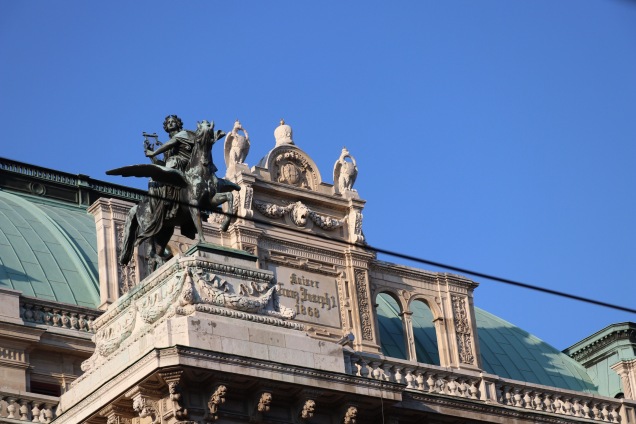
In 1916, the Austrian-Hungarian double monarchy, composed of many peoples speaking many different languages, had been in decline for a long time. The only symbol that still united it was, in fact, its “double monarch”, Franz Joseph I, Emperor of Austria and King of Hungary. When he died in 1916, after an incredibly long reign that started in the revolutionary year of 1848, the last vestiges of unity disappeared from the nation and it was to no-one’s surprise that when World War I ended in an Allied victory, Austria-Hungary disintegrated into states that more or less mirrored their ethnic composition.


But in Austria, and especially in Vienna, you might be forgiven for thinking that Emperor Franz Joseph, and his incredibly popular consort Empress Elisabeth, better know as Sissi, passed away only recently. There are inscriptions in his memory everywhere, his statues dot the city’s avenues and Kaisersgeburtstag, “the Emperor’s Birthday” (August 18th) is still a thing. To draw a rough comparison – his German and British more-or-less contemporaries, Kaiser Wilhelm II and Queen Victoria, are definitely not as fondly and widely remembered as old Franz Joseph.

His likeness, with the martial moustache, was famous already during his reign (he widely used portraiture and later photography in an effort to spread some kind of presence through his vast empire) and is still instantly recognizable today.

This Kaiser’s Birthday, in the year that is also the 100th anniversary of his death, I happened to be in Vienna and visited the Kaisergruft (Imperial burial vault), and an exhibition at the Austrian National Library called ‘the Eternal Emperor’ (der ewige Kaiser). As you can imagine, for the Dead Emperor’s Society, things can’t get much better!
